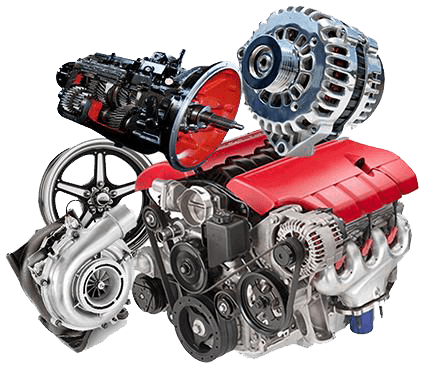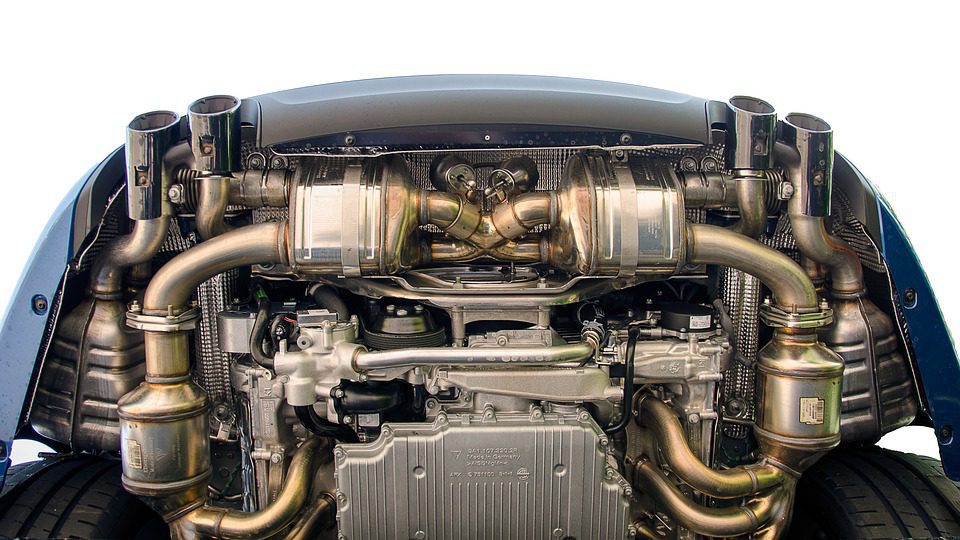Improve Your Trip with a High-Quality Opel Corsa Engine
Improve Your Trip with a High-Quality Opel Corsa Engine
Blog Article
Exploring the Inner Operation of a Compact Car's Engine System
As vehicle drivers, we commonly take for provided the intricate processes that happen within the boundaries of our vehicle's engine system. The small yet complicated machinery that thrusts us forward is a marvel of engineering accuracy and coordination. From the regulated surges in the combustion chamber to the careful timing of gas injection, every element plays an essential role in the smooth procedure of the engine. In this exploration of a small automobile's engine system, we will untangle the internal functions of this mechanical harmony, clarifying the mysteries that drive us forward on our day-to-day trips.
Burning Refine Review
The combustion process in a portable automobile's engine system is a crucial system that efficiently converts fuel into power to power the vehicle. This process occurs within the combustion chamber of the engine, where gas and air mix, stir up, and produce regulated explosions. The burning process consists of four main stages: consumption, exhaust, power, and compression.
Throughout the consumption stage, the piston moves downward, attracting in a mixture of air and fuel into the combustion chamber. This down movement creates the power required to drive the automobile. This cyclic burning process is fundamental to the operation of a portable vehicle's engine system, ensuring efficient power conversion for propulsion.
Piston and Cyndrical Tube Communication

The piston's accurate fit within the cylinder is essential for preserving ideal compression and preventing energy loss during burning. Tight clearances in between the piston and cylinder wall surfaces ensure reliable securing, allowing the piston to relocate efficiently without allowing gases to leak past. Appropriate lubrication is additionally important to lower rubbing and wear between these parts, boosting longevity and performance.
In addition, the style and products made use of in making the piston and cyndrical tube influence engine effectiveness and resilience. Modern engines often employ lightweight yet durable products like light weight aluminum alloys for pistons and cylinder liners to reduce inertia and improve thermal effectiveness. In general, the unified communication between the piston and cylinder is basic to the engine's performance and total performance.
Fuel Shot System Performance
Gas injection systems in compact lorry engines play an essential role in specifically providing fuel to the burning chamber for controlled and reliable ignition. The gas shot system operates by injecting fuel into the burning chamber at the optimal minute during the engine's procedure (opel corsa engine). This specific timing makes sure that the fuel blends uniformly with the air for correct burning, leading to boosted gas performance and reduced exhausts
There are mainly 2 kinds of fuel injection systems used in compact vehicle engines: port fuel injection (PFI) and straight gas shot (DFI) PFI systems infuse gas into the consumption port before the intake shutoff, while DFI systems inject fuel directly right into the burning chamber. Both systems have their benefits, with DFI providing far why not find out more better fuel atomization and PFI offering a more cost-efficient option.
Recognizing Engine Air Conditioning Mechanisms
Effective procedure of a portable lorry's engine counts greatly on the efficiency of its cooling systems. The cooling system in a portable vehicle usually is composed of a number of parts working together to control the engine temperature. Understanding these engine air conditioning systems is important for preserving the performance and long life of a portable automobile's engine system.

Exhaust System Components Explained
The optimum performance of a portable lorry's engine air conditioning mechanisms relies on a corresponding system referred to as the exhaust system, which comprises numerous essential parts for making certain reliable exhausts and engine performance. The exhaust system includes elements such as the exhaust manifold, catalytic converter, muffler, and tailpipe. The exhaust manifold collects exhaust gases from the engine's cyndrical tubes and paths them to the catalytic converter. The catalytic converter after that transforms damaging toxins in the exhaust right into less harmful discharges before releasing them through the muffler and tailpipe.
One essential element of the exhaust system is the oxygen sensing unit, which monitors the oxygen degrees in the exhaust gases to help control gas intake and make sure optimal engine efficiency. opel corsa engine. Additionally, the resonator might exist in some exhaust systems to decrease noise degrees. Overall, the exhaust system plays a vital duty in preserving engine effectiveness, decreasing unsafe emissions, and ensuring a quieter driving experience for portable automobile proprietors

Conclusion
Finally, the compact lorry's engine system is a complicated combination of elements that function together to promote the burning process, transform fuel into energy, and eliminate waste gases. Recognizing the internal workings of the engine system, consisting of the piston and cylinder interaction, gas injection system, engine cooling mechanisms, and exhaust system elements, is important for preserving optimal performance and effectiveness of the automobile.
The combustion process in a compact lorry's engine system is an important device that efficiently converts fuel right into energy to power the car.Fuel injection systems in small lorry engines play an important role in exactly providing fuel to the burning chamber for effective and controlled ignition.There are mainly two types of fuel shot systems used in compact lorry engines: port gas shot (PFI) and straight fuel injection (DFI) Comprehending these engine air conditioning systems is essential for keeping the click site efficiency and long life of a compact car's engine system.
The optimal functioning of Look At This a small lorry's engine cooling mechanisms depends on a corresponding system understood as the exhaust system, which comprises different important components for making certain reliable discharges and engine efficiency.
Report this page